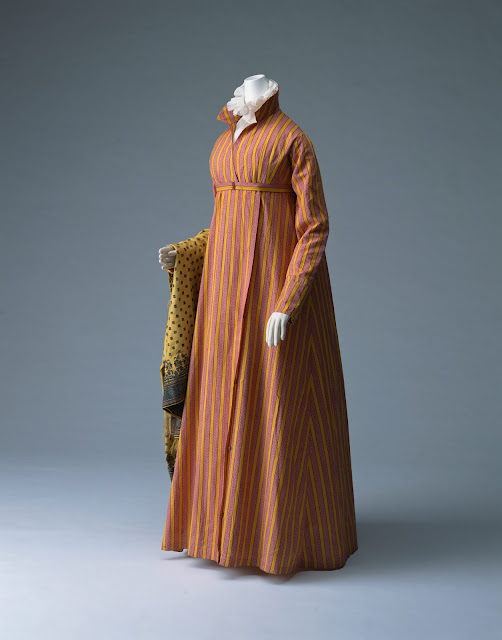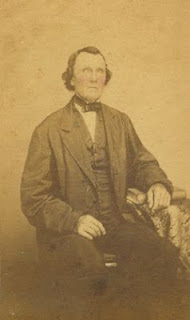Lacing a Corset

Ok, so a bunch of people asked how I could tell the “self-lacing” 1830s corset on Two Nerdy History Girls was actually designed to be spiral laced. Reproduction Regency-era stays with correct spiral lacing So we’re going to take a quick look at the all important detail that lets us know that the fascinating lacing cheat on this corset is not original to the design. There are two ways to lace things: spiral lacing and cross lacing. Spiral lacking is when the corset is basically sewn shut. The lace is anchored at the top or bottom and then laced down or up. It’s easy to spot a spiral laced corset, because at the top and bottom, on opposite sides, the eyelets are half-spaced. In almost all the images I can find online of extant corsets, they have been laced incorrectly (which is why they are often tilted or uneven). Historically, almost all extant examples are spiral laced until you start to see the 2-part metal busk employed in the Victorian era. Victorian speed-laced corset Cross l



